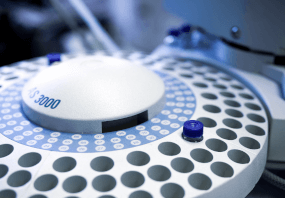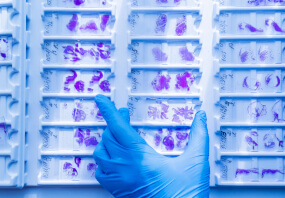General description
This gene activation system is based on a fusion of inactive Cas9 (dCas9) to the catalytic histone acetyltransferase (HAT) core domain of the human E1A-associated protein p300. The dCas9-p300 activator expression plasmids use the CMV promoter for strong transient expression of dCas9-P300 and RFP linked by a 2A peptide (CMV-dCas9-p300-2A-RFP) allowing for easy visualization of successful transfection. The dCas9-P300-RFP expression plasmid is one part of a two part CRISPR system with individual dCas9-P300 and gRNA expression vectors.
To order gRNA in any format click here
Application
Functional Genomics/Target Validation
- Epigenetic Modification
- Transcriptional Activation
- Manufacture of dCas9-P300 expressing lentiviral particles
Features and Benefits
The Sigma CRISPR dCas9p300 plasmid co-expresses p300-HAT and RFP, to easily monitor delivery and expression in your target cell type. gRNAs can successfully direct nuclease-deficient Cas9 (dCas9) fused to p300 HAT catalytic domain to increase levels of histone acetylation and endogenous gene expression. The dCas9-p300 histone acetylation approach represents a distinct mechanism of action relative to dCas9-VP64 or other similar gene activation motifs.
Principle
CRISPR/Cas systems are employed by bacteria and archaea as a defense against invading viruses and plasmids. Recently, the type II CRISPR/Cas system from the bacterium Streptococcus pyogenes has been engineered to function in eukaryotic systems using two molecular components: a single Cas9 protein and a non-coding guide RNA (gRNA). Mutations to the catalystic domains, RuvC and HnH, render it inactive as a nuclease yet still allow for the protein to be programmed with a single gRNA, directing p300 epigenetic modification cargo to any desired genomic location.
Legal Information
- UPC:
- 41105512
- Condition:
- New
- Availability:
- 3-5 Days
- Weight:
- 1.00 Ounces
- HazmatClass:
- No
- MPN:
- DCAS9P300RFP-1EA












